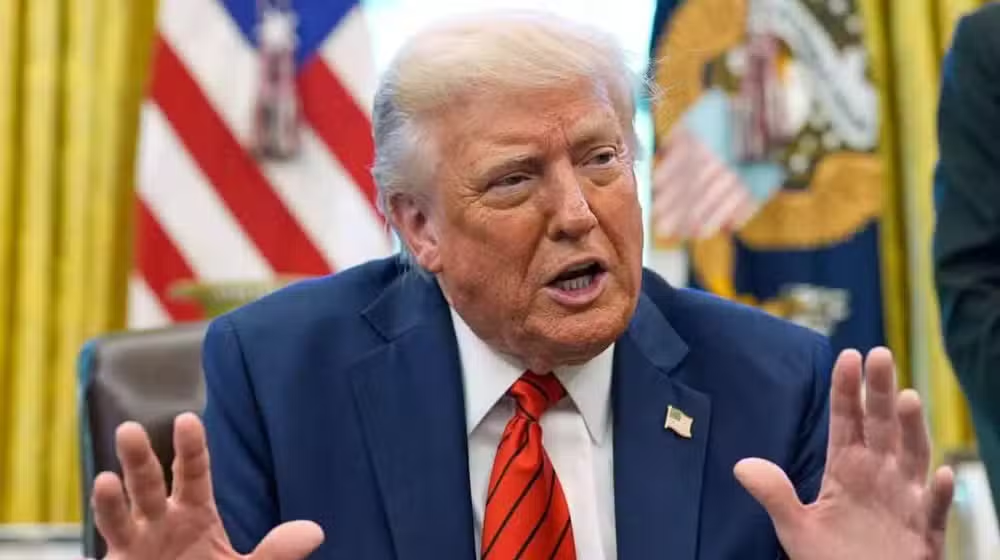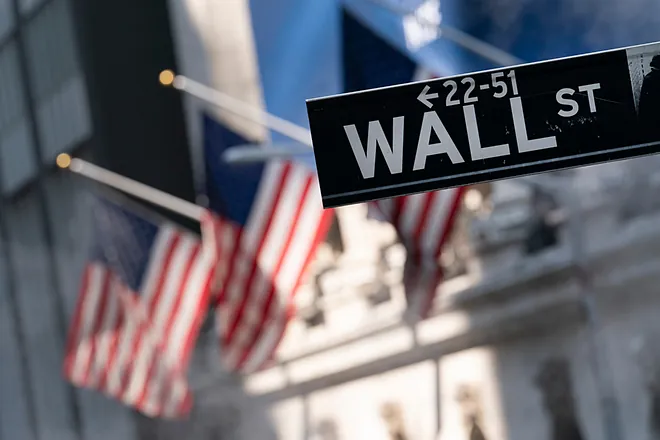The H-1B visa fee has suddenly become one of the hottest topics in U.S. immigration and business circles. With President Donald Trump’s executive order in September 2025 imposing a staggering $100,000 annual charge on companies sponsoring H-1B workers, the landscape for skilled foreign professionals is undergoing a seismic shift.
For decades, the H-1B program has been the backbone of America’s tech and innovation sector, drawing talent from around the world. But this new policy could dramatically alter who gets to work in the United States and which companies can afford to hire them.

What Is the H-1B Visa Program?
The H-1B visa allows U.S. employers to hire foreign workers in specialty occupations requiring advanced education or expertise, such as engineering, IT, medicine, and research.
- Cap on visas: 85,000 new visas per fiscal year (65,000 regular + 20,000 for advanced U.S. degree holders).
- Duration: Initially valid for three years, extendable to six.
- Previous fees: Around $1,500 in application and fraud-prevention charges, with additional filing costs.
Until now, the program was a relatively affordable pathway for U.S. firms, from Silicon Valley giants to small startups, to bring in global talent.
The $100,000 H-1B Visa Fee Explained
On September 19, 2025, President Trump issued an executive order titled Restriction on Entry of Certain Nonimmigrant Workers. Its centerpiece: a mandatory $100,000 fee for H-1B petitions involving workers seeking to enter the U.S. from abroad.
Key Details of the Policy:
- Applies to new applications only, effective September 21, 2025.
- Employers, not workers, are responsible for paying the fee.
- Exemptions possible: The Secretary of Homeland Security may waive the fee in cases deemed in the “national interest.”
- Fast-track “gold card” introduced: A separate immigration route offering priority residency for investments starting at $1 million.
This marks the largest single fee hike in the history of the H-1B program — a 60-fold increase over previous levels.
How the New H-1B Visa Fee Compares
| Feature | Before September 2025 | After September 2025 |
|---|---|---|
| Application fees | ~$1,500 (plus filing & attorney costs) | $100,000 mandatory fee |
| Cap on visas | 85,000 annually | Unchanged |
| Duration | 3 years (extendable to 6) | Unchanged |
| Exemptions | Limited (non-profits, research institutions) | National interest exemptions |
| Employer cost impact | Manageable for most companies | Prohibitive for small/medium firms |
Why Did Trump Impose the $100,000 H-1B Visa Fee?
The official justification is to “curb abuse” of the H-1B system, which critics argue has been used by outsourcing firms to undercut American wages.
Commerce Secretary Howard Lutnick framed the policy bluntly:
“The company has to decide — is the employee valuable enough to justify $100,000 a year to the government, or should they hire an American instead?”
From Trump’s perspective, the fee acts as a filter: only firms that truly need specialized foreign talent will be willing to pay the premium.
Reactions from Business and Legal Experts
The announcement has triggered a storm across corporate America, legal circles, and immigrant communities.
Tech Industry Concerns
- Amazon, Microsoft, Google, and Apple are among the largest users of H-1B visas. While they have deep pockets, even they worry about long-term effects on competitiveness.
- Startups and smaller tech firms warn they will be priced out of the global talent market, leaving innovation concentrated in only the wealthiest corporations.
Immigration Attorneys
Tahmina Watson, founder of Watson Immigration Law, warned:
“Almost no one can afford this. A $100,000 entry cost will knock out smaller employers who already struggle to find skilled workers.”
Corporate Lawyers
Jorge Lopez, immigration practice head at Littler Mendelson PC, noted:
“The policy could severely damage America’s competitiveness in technology and other industries. Some firms may even consider moving operations abroad.”
The Broader Economic Impact
The ripple effects of the H-1B visa fee could reshape entire industries.
Winners
- Large tech companies that can afford the fee may face less competition for talent.
- American job-seekers in some industries may see more opportunities if employers hire domestically.
Losers
- Startups and small businesses, which often rely on specialized foreign workers.
- Foreign professionals, particularly from India and China, which provide the majority of H-1B applicants.
- U.S. universities, as international students may view graduate programs as less appealing if pathways to work dry up.
Political Divisions on the H-1B Visa Fee
The move reflects long-standing divisions within Trump’s own political base.
- Hardliners like former strategist Steve Bannon argue the program depresses wages and should be drastically curtailed.
- Pro-business voices, including Elon Musk, insist America must remain open to the “smartest people in the world” to maintain its edge in technology and science.
Trump himself has sent mixed signals. Earlier this year, he told the All-In Podcast:
“You need a pool of talented people for companies to thrive.”
Yet the executive order suggests a tilt toward restriction rather than expansion.
Historical Context: H-1B Denial Rates
During Trump’s first term, denial rates for H-1B petitions surged:
| Fiscal Year | Denial Rate |
|---|---|
| Obama era (2012–2015) | 5–8% |
| Trump (2018) | 24% |
| Biden (2021–2023) | 2–4% |
The new H-1B visa fee continues that trajectory of tightening access, though in a more financially focused way.
Could Companies Move Abroad?
Some experts argue the U.S. risks losing ground in global innovation. Countries like Canada, Australia, and Singapore actively court skilled workers with friendlier visa regimes.
If the H-1B visa fee proves too steep, companies may:
- Relocate research teams abroad.
- Build offshore development centers.
- Invest less in U.S.-based expansion.
However, shifting operations is not easy. Regulatory, tax, and logistical challenges make it far from a simple fix.
National Interest Exemptions: A Possible Loophole?
The policy includes a clause allowing the Secretary of Homeland Security to exempt applicants if their entry is deemed in the “national interest.”
This could cover:
- Critical STEM fields like AI, cybersecurity, and biotech.
- Healthcare roles during shortages.
- Defense-related technologies.
How broadly or narrowly these exemptions are applied will shape the true impact of the new fee.
Global Reactions to the H-1B Visa Fee
The move is being watched closely worldwide, particularly in India, which consistently accounts for more than 70% of H-1B recipients.
Indian IT services companies such as Tata Consultancy Services, Infosys, and Wipro stand to be hit hard. The Indian government has historically lobbied the U.S. to maintain open access for skilled professionals, and diplomatic tensions could rise.
Meanwhile, countries like Canada and the UK may benefit, as skilled workers who once dreamed of Silicon Valley could redirect their ambitions.
The New “Gold Card” Immigration Path
Alongside the H-1B visa fee, Trump introduced a new “gold card” program. This fast-track route offers priority visas and potential residency for individuals or businesses willing to invest $1 million or more in the U.S.
While pitched as a way to attract wealthy investors, critics argue it effectively creates a two-tiered immigration system:
- Wealthy elites can buy their way in.
- Skilled professionals face unprecedented financial barriers.
Legal Challenges Ahead
Immigration policy experts predict lawsuits challenging the executive order. Arguments may focus on:
- Whether the president has authority to impose such a high H-1B visa fee without congressional approval.
- Whether the fee violates equal protection or discriminates against certain nationalities disproportionately.
- Whether the national interest exemption is too vague.
Court battles could delay or modify the policy’s implementation.
What Happens Next?
The H-1B visa fee is set to take effect September 21, 2025, but its future may hinge on:
- Legal rulings in the coming months.
- Congressional pressure from business-aligned Republicans and Democrats.
- Corporate lobbying from tech giants.
One thing is certain: the global war for talent is intensifying, and the U.S. is taking a gamble that restricting access will benefit domestic workers more than it harms innovation.
The H-1B visa fee policy represents one of the most consequential immigration changes in modern U.S. history. By raising the cost of sponsorship from around $1,500 to $100,000, the Trump administration is betting that American companies will prioritize domestic workers over foreign professionals.
But the risks are enormous. Smaller businesses could be shut out of global talent markets, America’s competitive edge in technology could erode, and skilled workers may simply choose friendlier destinations abroad.
The coming months will reveal whether this fee becomes a permanent barrier or if legal and political challenges blunt its impact. Either way, the debate over the H-1B visa fee underscores a central question: Should America remain the world’s magnet for talent, or retreat into a more protectionist stance that risks slowing its own innovation engine?







